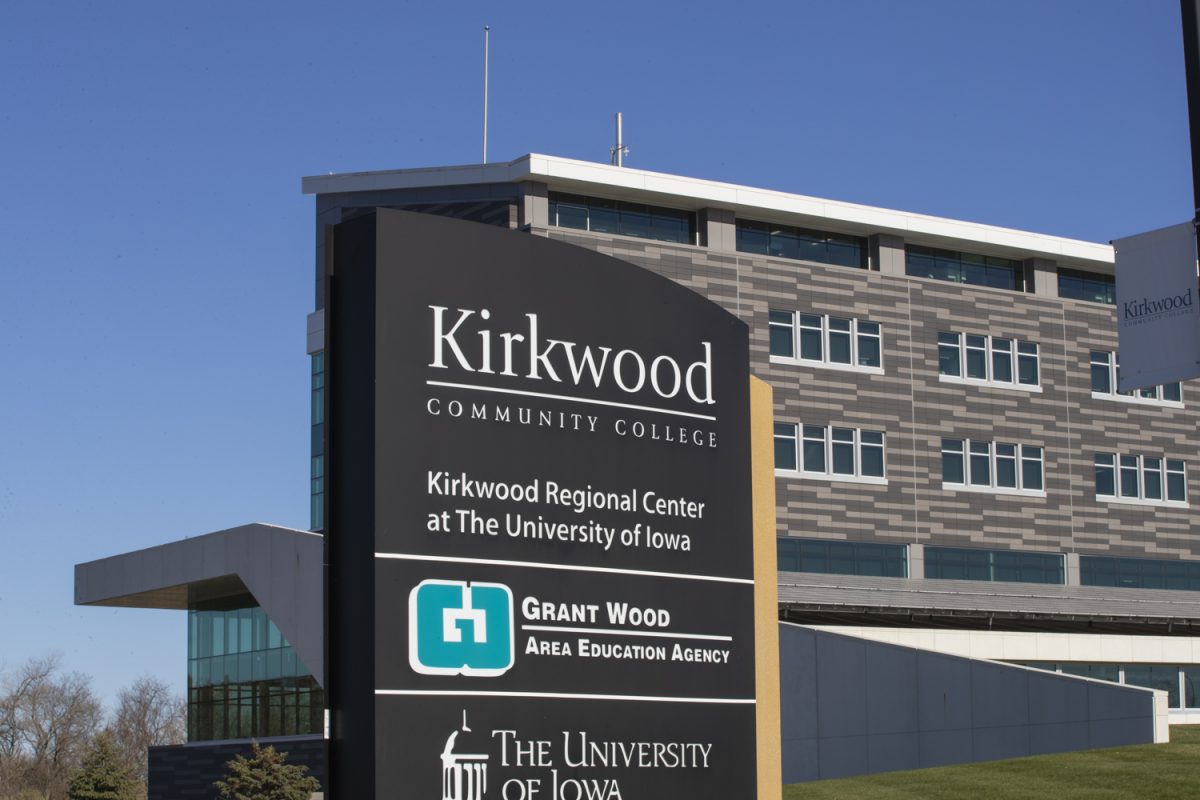Fewer Iowa community college students are enrolling in online courses, which is a consistent decline since last year, according to a November 2023 fall enrollment report.
Though there has been a 4.3 percent drop, the Iowa State Board of Education said the number of credit hours in online and blended courses has since increased, meaning those who took online classes took more credit hours last year. In 2023, the number of credit hours for online classes saw an increase of 4.5 percent.
Amy Gieseke, section chief in the Bureau of Community Colleges and Postsecondary Readiness at the Iowa Department of Education, said these numbers are not entirely up to pre-pandemic levels but are steadily rising.
“The increases in fall enrollment prove community colleges are continuing to reach students to provide them with the high-quality education, training, and industry certifications to ensure successful preparation for their careers and future success,” Gieseke said.
According to the 2022 report, there was a 5.1 percent decrease compared to 2021 in credit hours for online classes, with 39,576 students enrolled in online classes at community colleges. As of 2023, the number of students increased by roughly 3,000 students compared to last year, with 41,924 students.
Kirkwood Community College in Cedar Rapids saw a 10.3 percent decrease in credit hours in 2022.
Dave Hunt, Kirkwood dean of academic innovation, strategy, and design, said most of the online enrollment at Kirkwood is from students in the local area. Because of this, Hunt said, many students take a blend of in-person and online courses.
“With overall enrollment down last year, online course enrollment and in-person course enrollment took a hit,” Hunt said.
There are six online degrees offered at Kirkwood Community College, some of which include paralegal studies, business administration, and water environmental technology. Online courses offered at Kirkwood include entrepreneurship, introduction to cosmetology, and beginning conversational Spanish, among others.
Hunt said this decrease in online enrollment impacts not only students but faculty and the college as a whole.
“Faculty are impacted when enrollment decreases,” Hunt said. “With fewer classes needed to be offered, there are fewer classes that faculty can teach.”
This often means supplementary faculty are not offered the section or sections that they would like to teach. Students are impacted by this decrease, specifically in registration for classes. It is more difficult for students to sign up for courses when there are fewer being offered, Hunt said.
Hunt said for Kirkwood in particular, a decrease in enrollment makes planning and budgeting more challenging. Kirkwood does have a cash reserve set aside in anticipation of this decrease.
“This is especially true when the decrease is not planned or more than planned,” Hunt said. “Changes in the budget often mean we have to make choices about the programs and services we offer to students.”
Hunt said this fall, however, the college has seen an increase in online enrollment matching the overall enrollment numbers for 2023.
“Enrollment is significant at the college as it now only represents who we are serving it also is what generates revenue,” he said. “We are happy to see enrollment levels increased slightly this year.”



